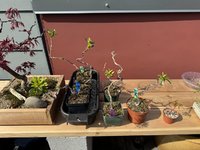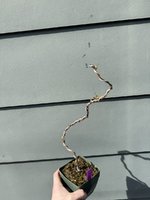pandacular
Omono
I recently got a half dozen satsuki whips from @Deep Sea Diver at our club sale. He was kind enough to help me select several diverse cultivars and provide an info sheet on the process of developing these.
The six varieties I picked up were: bunka, matsunarai, nissho-no-hikari, minato, pink gumpo, and macronulatum. DSD provided a description of each of these, but I didn’t commit them all to memory (though if you are kind enough to share on this post, I will commit them to my digital memory in my notes!)
All whips came unwired, which was a great opportunity to wire them up. Per the instructions, I used a double wire technique, where the bottom of the whip was wired with one size and the full whip was wired with a size down. They were great practice for wiring, but clearly I need much more practice!
matsunarai
I wired this one first, and it shows! I had never wired something so light, so I struggled with the balance of good contact, keeping the whip stable, and turning the wire. Not the best wiring at all, but it was relatively functional.
.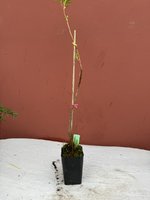
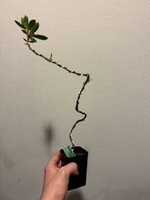
nissho-no-hikari
This one was next and was snapped quite badly. Had to cut off the top. After working this one, I realized that it was critical to put the second wire BELOW the first wire, as it made much easier to maintain contact with the larger wire.
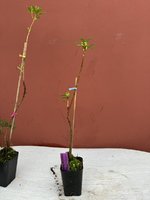
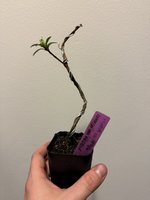
minato
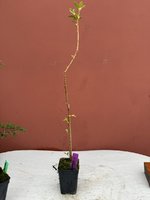
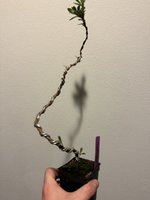
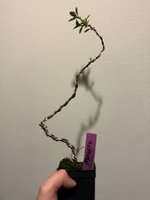
bunka
I recall that DSD referred to this as an ancient cultivar. This one and the next two were done later, with my study group.
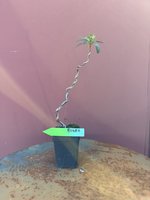
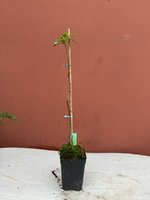
macronolatum
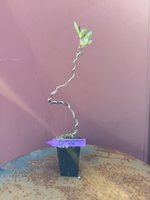
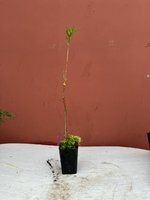
pink gumpo
I decided to start this one out in a slant style, as I admire that look on satsuki quite a bit.
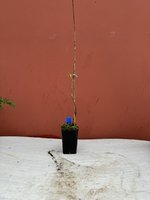
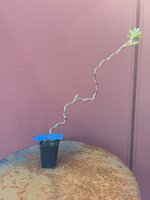
Any information or advice is much appreciated! My next step, per the care sheet, is to up pot them to 4” pots. The sheet says to use a peat based mix, but I have some kanuma and pumice lying around, so I was wondering if there were drawbacks to using that mix other than cost and watering requirements. Thanks for reading!
The six varieties I picked up were: bunka, matsunarai, nissho-no-hikari, minato, pink gumpo, and macronulatum. DSD provided a description of each of these, but I didn’t commit them all to memory (though if you are kind enough to share on this post, I will commit them to my digital memory in my notes!)
All whips came unwired, which was a great opportunity to wire them up. Per the instructions, I used a double wire technique, where the bottom of the whip was wired with one size and the full whip was wired with a size down. They were great practice for wiring, but clearly I need much more practice!
matsunarai
I wired this one first, and it shows! I had never wired something so light, so I struggled with the balance of good contact, keeping the whip stable, and turning the wire. Not the best wiring at all, but it was relatively functional.
.


nissho-no-hikari
This one was next and was snapped quite badly. Had to cut off the top. After working this one, I realized that it was critical to put the second wire BELOW the first wire, as it made much easier to maintain contact with the larger wire.


minato



bunka
I recall that DSD referred to this as an ancient cultivar. This one and the next two were done later, with my study group.


macronolatum


pink gumpo
I decided to start this one out in a slant style, as I admire that look on satsuki quite a bit.


Any information or advice is much appreciated! My next step, per the care sheet, is to up pot them to 4” pots. The sheet says to use a peat based mix, but I have some kanuma and pumice lying around, so I was wondering if there were drawbacks to using that mix other than cost and watering requirements. Thanks for reading!


